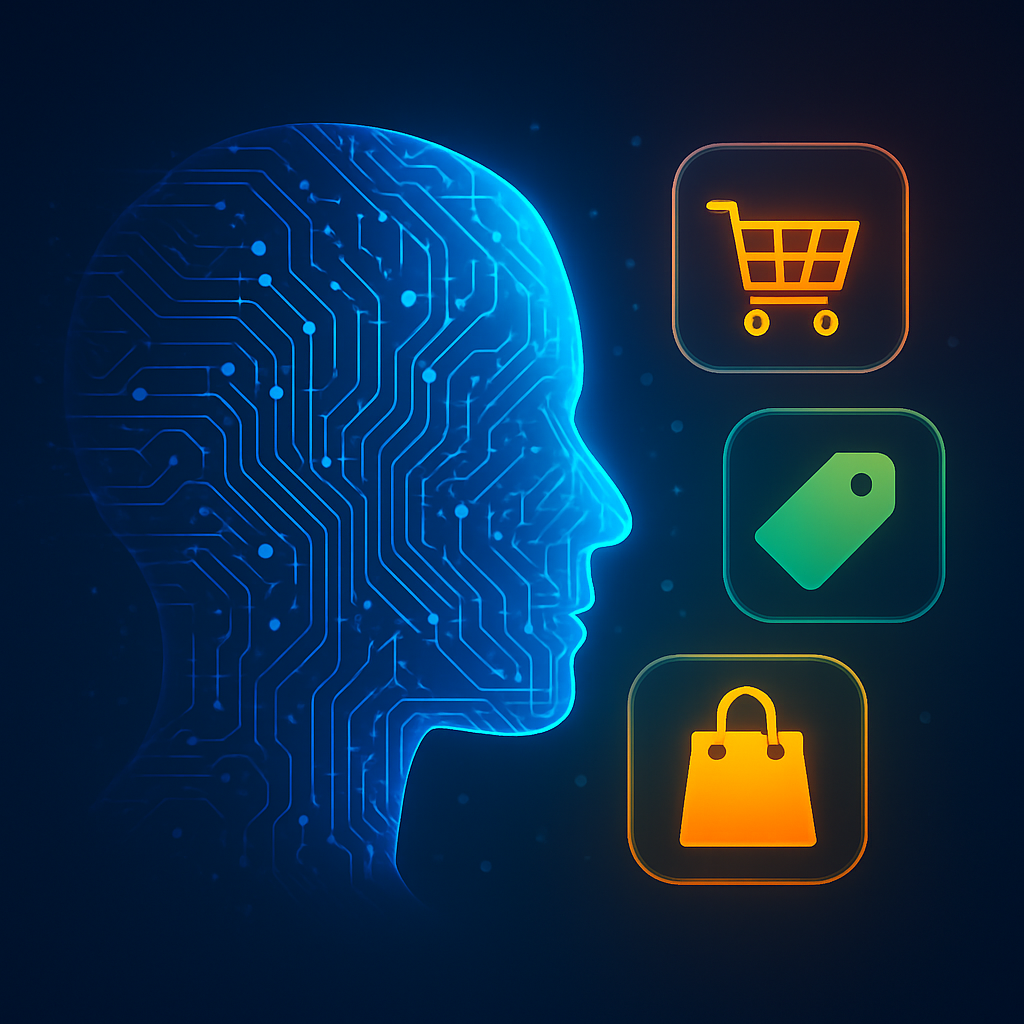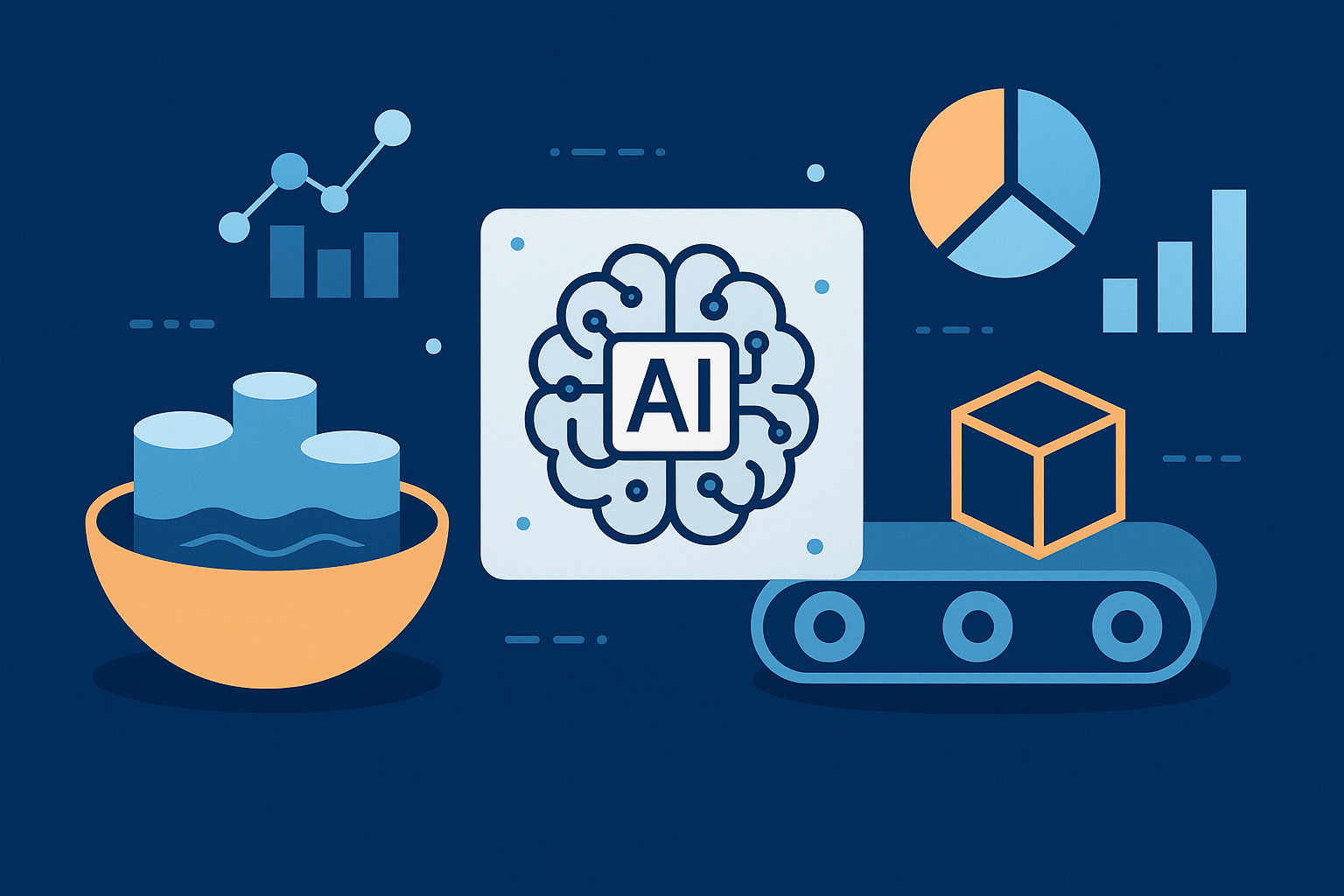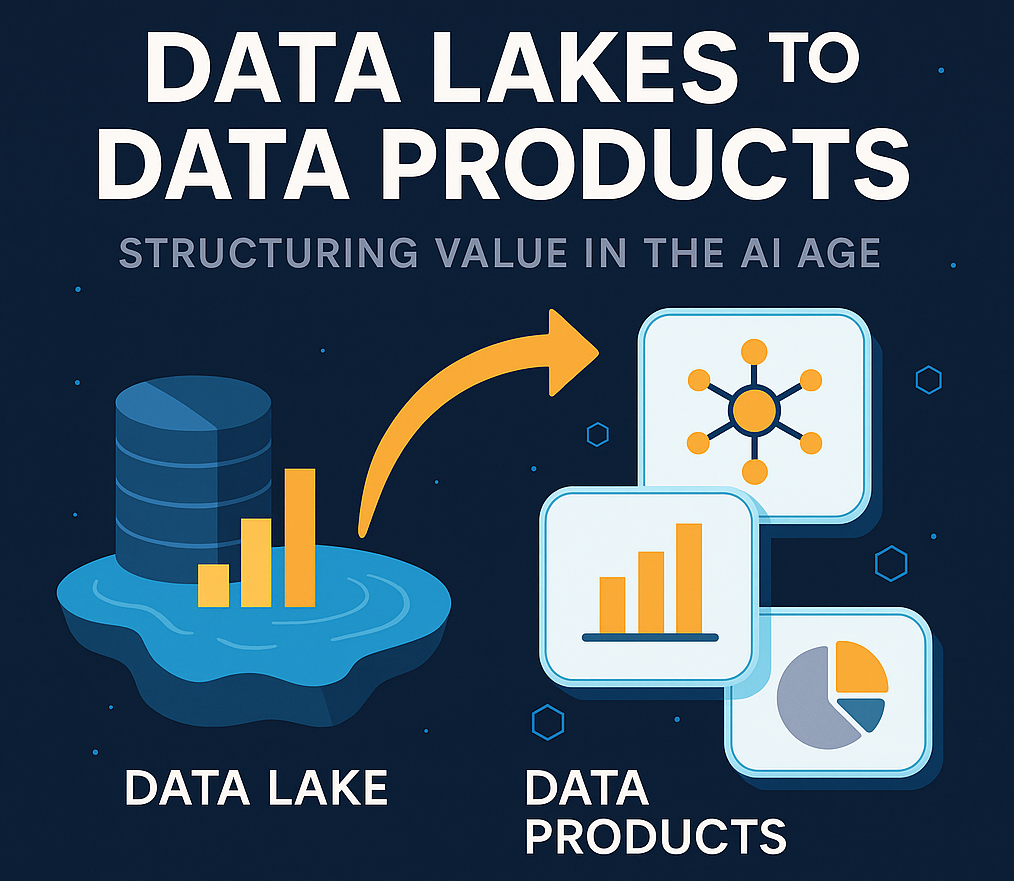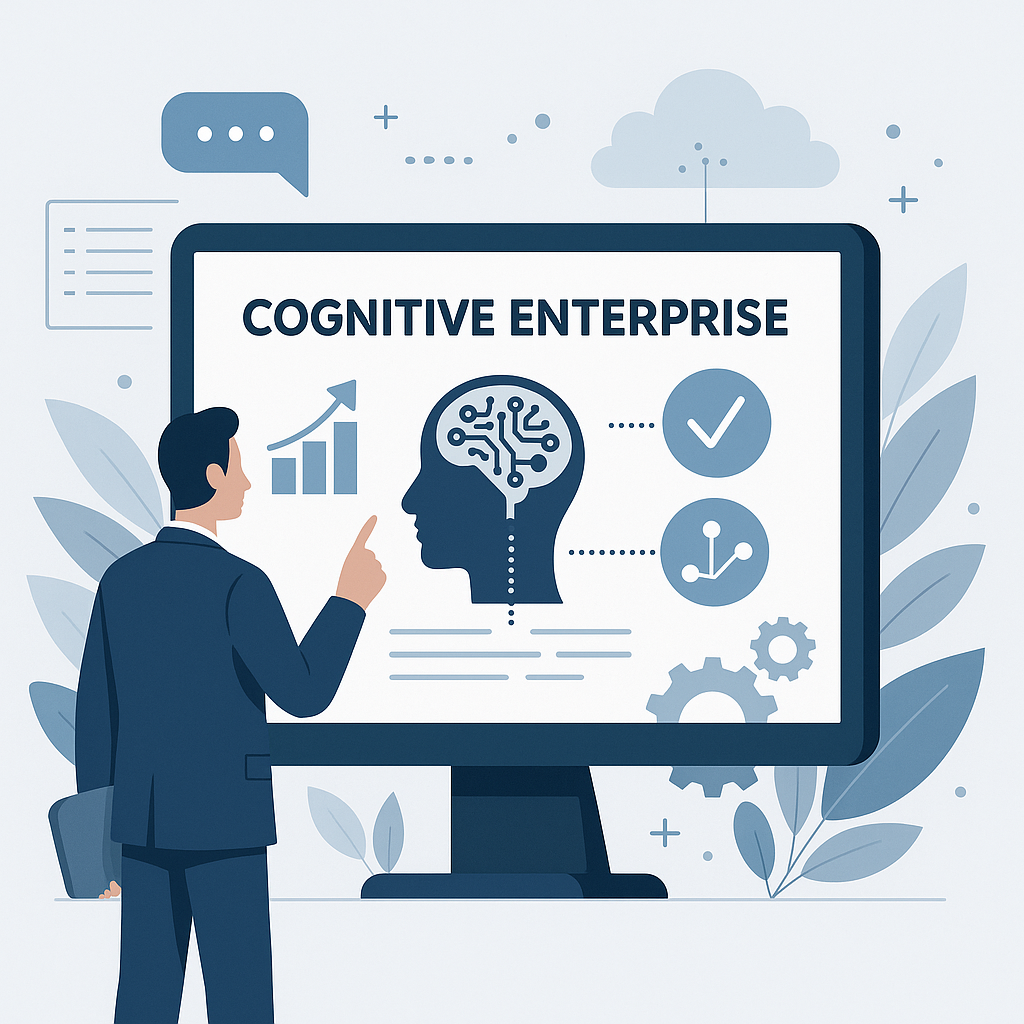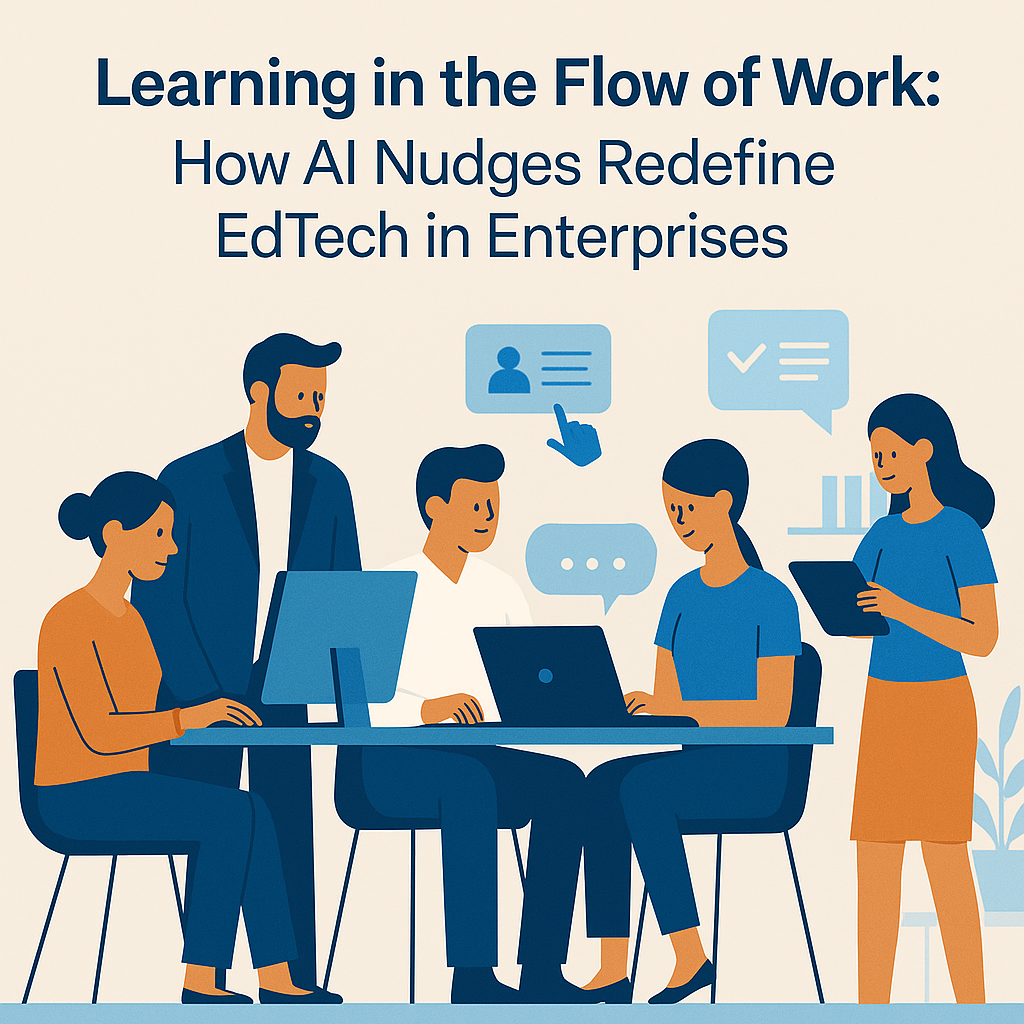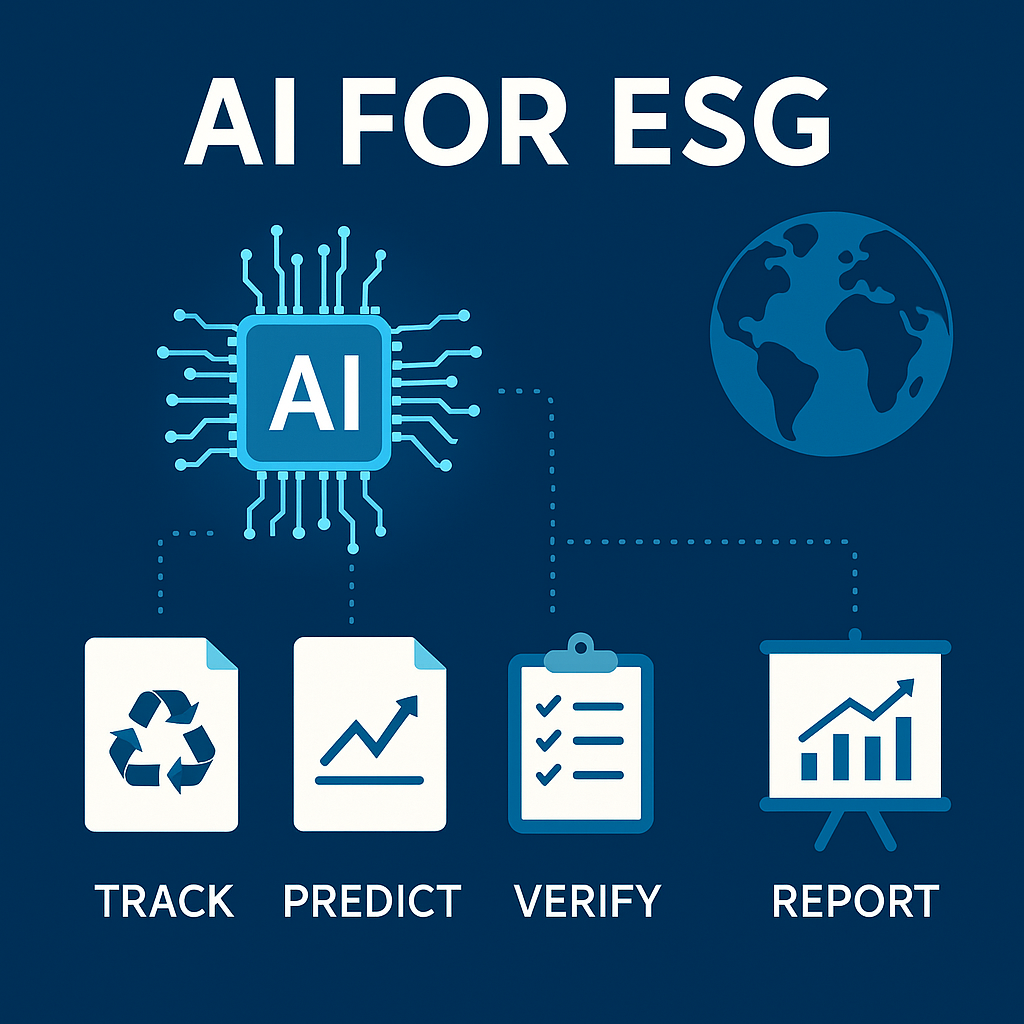In today’s digital-first economy, artificial intelligence transforms how businesses interact with customers. One of the most profound shifts occurs in pricing. Dynamic pricing algorithms; powered by machine learning, allow companies to adjust prices in real time based on customer behavior, market demand, competitor pricing, and other contextual data. While this brings greater efficiency and revenue optimization, it also raises fundamental ethical questions: Should algorithms determine how much a customer pays? And if so, under what rules?
The Rise of Algorithmic Pricing
Dynamic pricing is not new. Airlines and hotels have long used pricing models that fluctuate with demand. However, the integration of AI takes this practice to an entirely new level. Instead of relying on broad categories and static rules, AI systems analyze vast amounts of user data, enabling hyper-personalized price points. These models can consider previous purchases, browsing patterns, geographic location, time of day, and even device type to tailor pricing per individual or segment.
In B2B scenarios, this can influence contract-based pricing, volume discounts, and tiered access to services. In consumer markets, it can change what two customers pay for the same product—sometimes within seconds.
Ethical Tensions in Algorithmic Decision-Making
This shift toward algorithmic pricing invites scrutiny. Concerns around fairness, transparency, and discrimination are at the forefront. Should wealthier users be charged more? Should loyal customers receive better deals—or be penalized for their willingness to pay?
AI models can inadvertently reinforce existing biases present in historical data. Without proper governance, they may charge different groups disproportionately, leading to reputational damage and even regulatory penalties. For example, pricing that varies based on zip code or inferred income levels could be deemed unethical or even illegal in certain jurisdictions.
Transparency is another major concern. Most customers are unaware that AI plays a role in determining the price they see. This lack of visibility undermines trust and can erode long-term loyalty. Businesses must consider whether optimizing short-term revenue is worth the potential long-term fallout.
Regulation and the Path to Responsible Pricing
Policymakers and watchdog organizations are starting to pay attention. The European Union’s Digital Services Act and AI Act both call for transparency and accountability in algorithmic systems. Meanwhile, consumer protection agencies in the U.S. and elsewhere are evaluating whether AI-based pricing constitutes unfair business practices.
As regulations evolve, businesses have an opportunity to get ahead of the curve by embedding ethical guardrails into their pricing systems. This includes:
♦ Auditing algorithms regularly for bias and fairness
♦ Providing opt-out mechanisms or clear disclosures
♦ Implementing price ceilings to prevent exploitation
♦ Separating sensitive personal attributes from pricing inputs
Conclusion: Price Optimization Meets Purpose
AI-powered pricing models promise efficiency, personalization, and profitability. But without careful design and oversight, they also risk violating principles of fairness, equity, and transparency.
For companies navigating this new pricing frontier, the key lies in balance. Algorithmic decision-making should enhance—not exploit—the customer relationship. By aligning AI-powered pricing with ethical standards and clear communication, organizations can turn pricing from a point of friction into a strategic differentiator that builds trust and drives sustainable growth.
#AI #PricingEthics #MachineLearning #B2B #ConsumerTrust #EthicalAI #DynamicPricing #SaaS #ENAVC #Fintech


